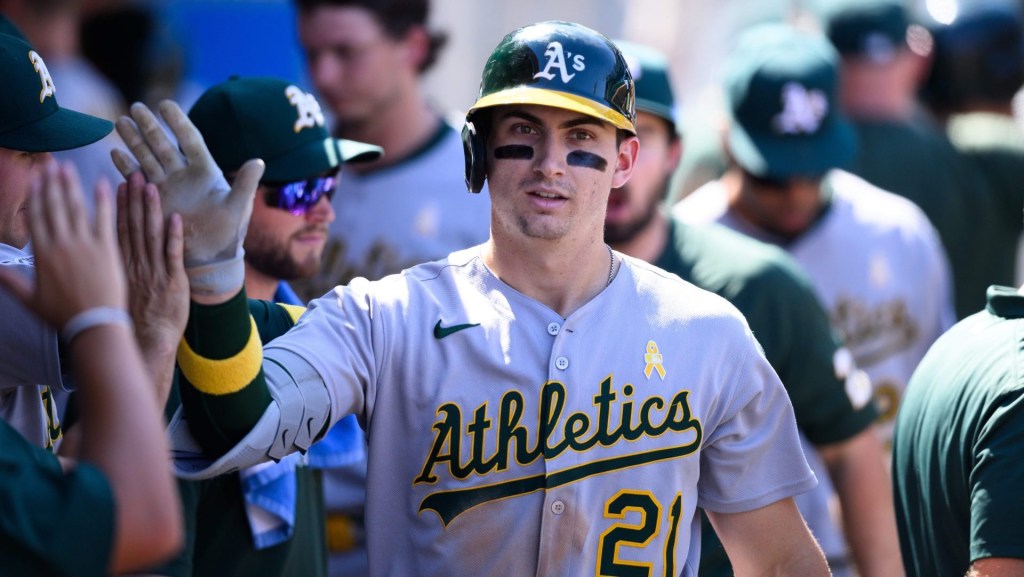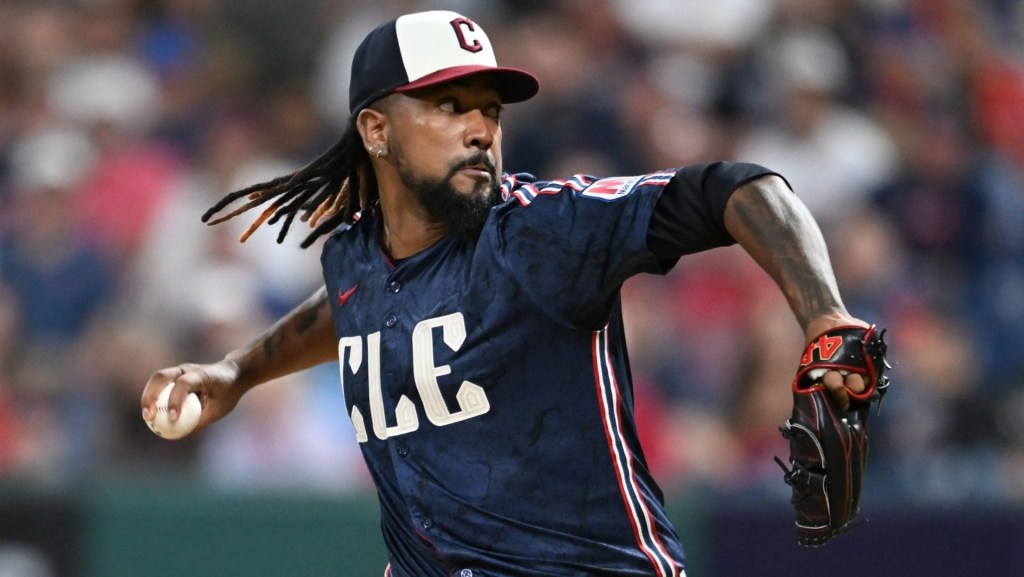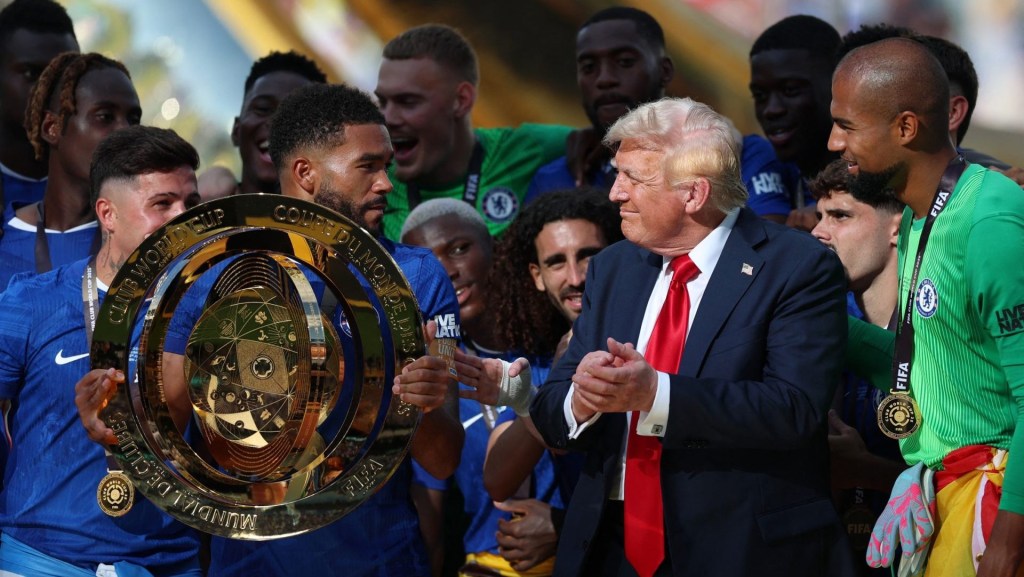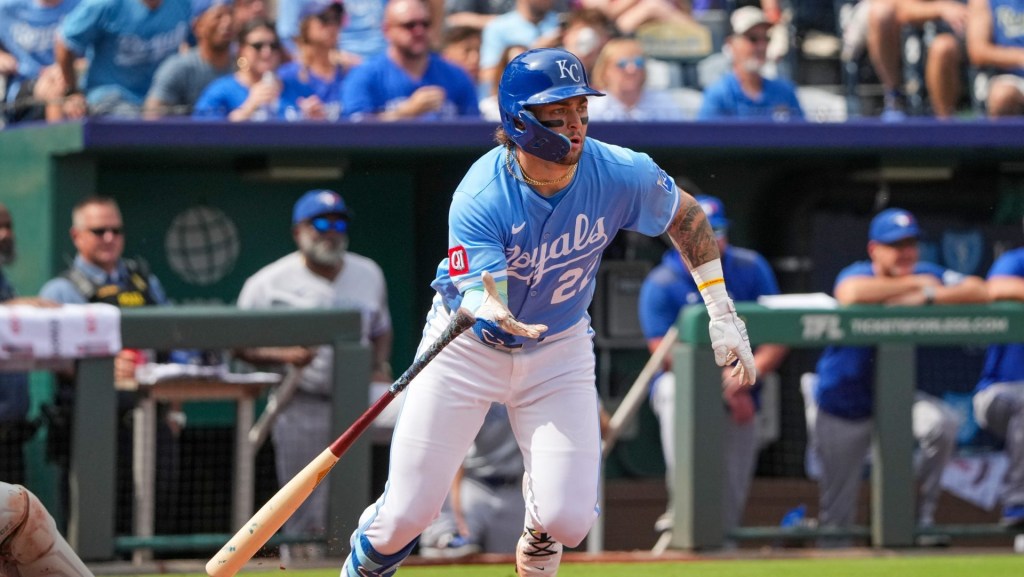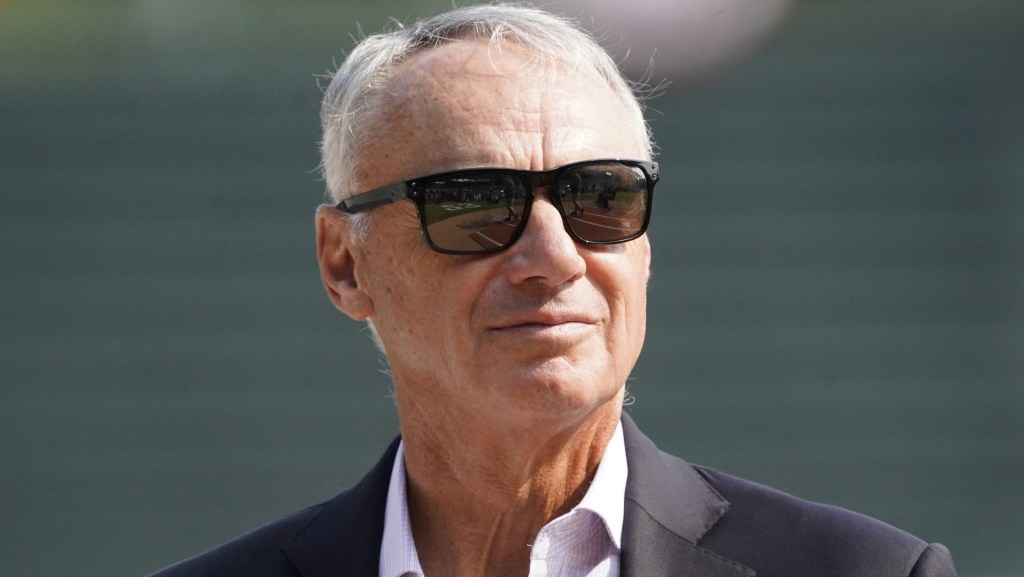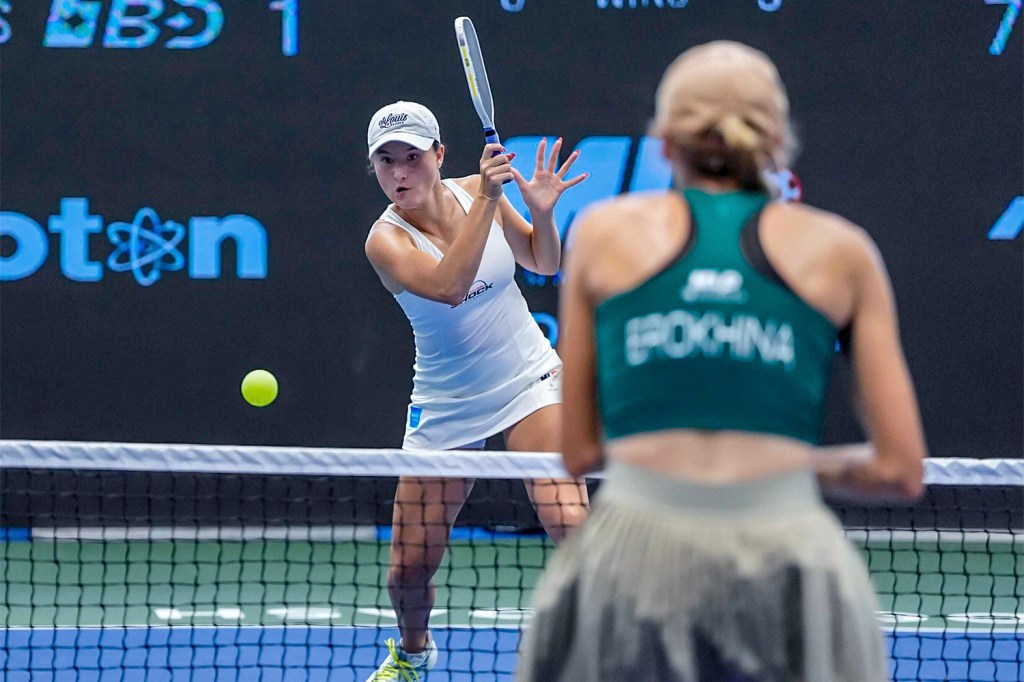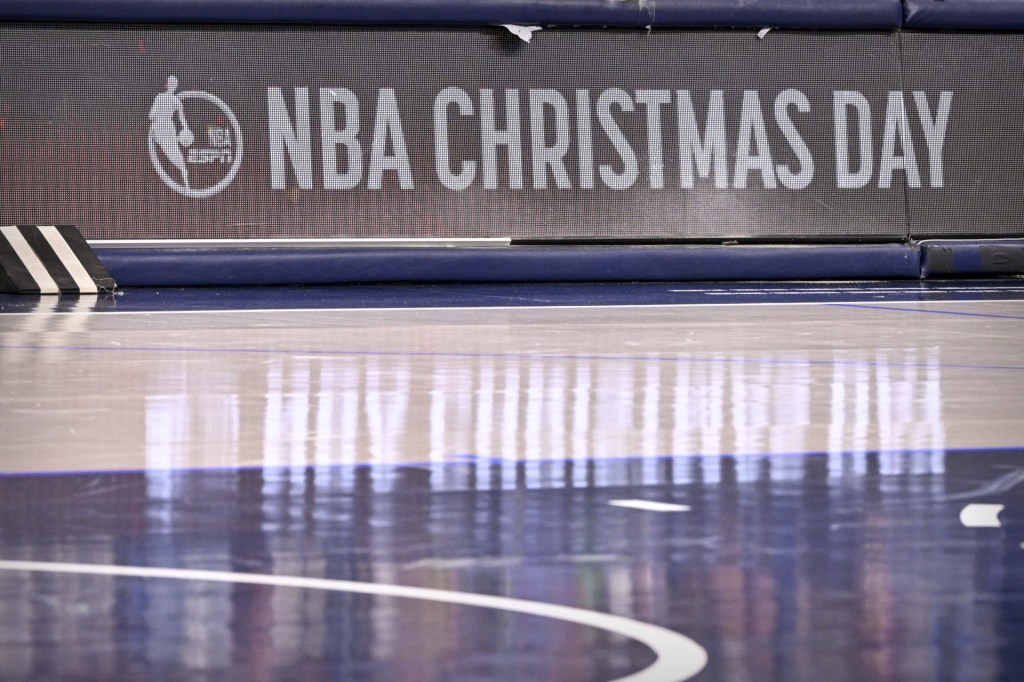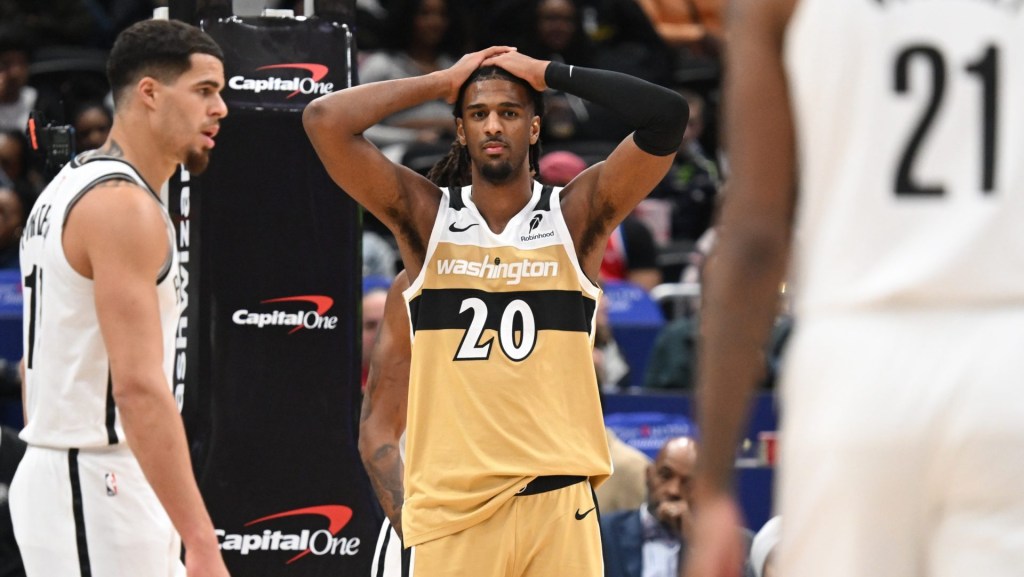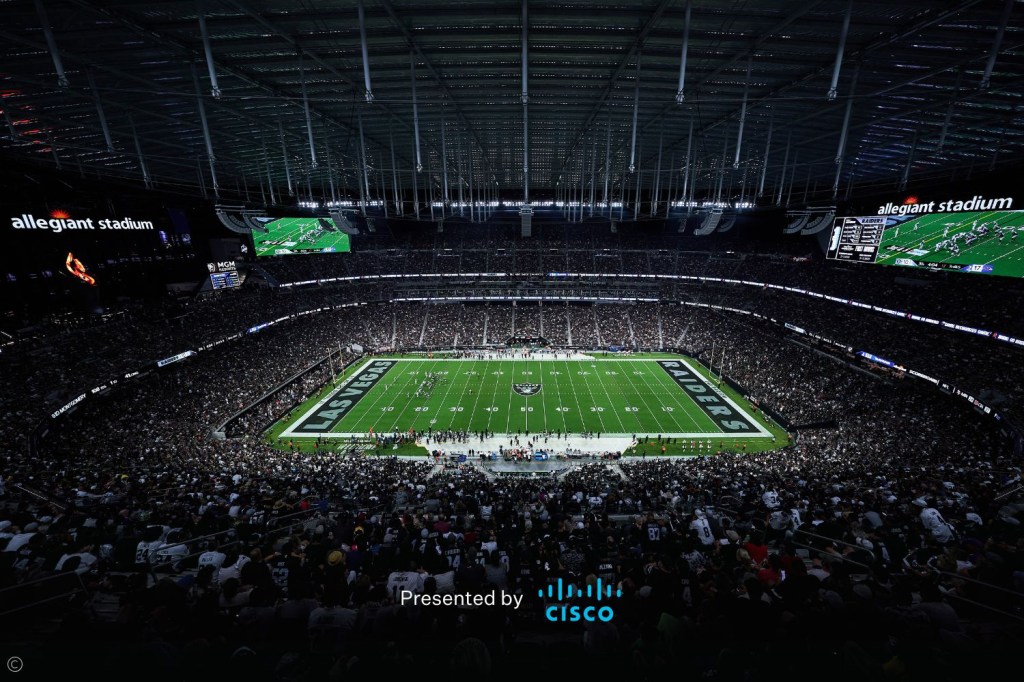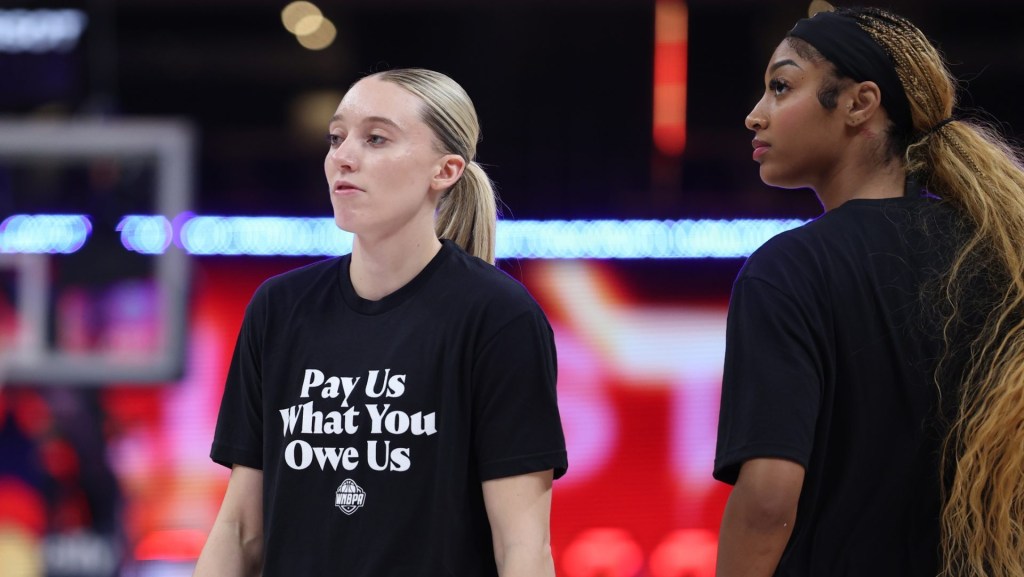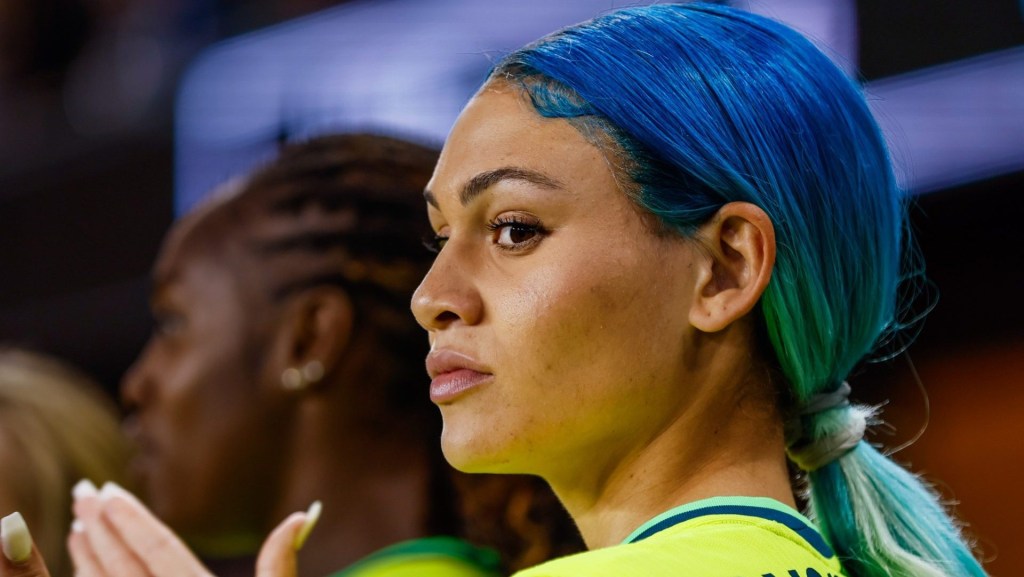ATLANTA — MLB is awash in a series of business boosts and positive developments, between attendance rising, each of its national TV partners posting audience increases, and other, in-house outlets such as the MLB Network and MLB.TV garnering record engagement.
All of these markers continue, or in some cases, accelerate the resurgent energy the sport has seen since the early 2023 introduction of the pitch clock, which played a key role in introducing a livelier, more action-filled form of play.
So why is the league so insistent on potentially tearing that down? Such is the question that the MLB Players Association is asking.
Speaking before Monday’s MLB Home Run Derby, MLBPA executive director Tony Clark said he was disappointed to see labor talk dominate so far ahead of the December 2026 expiration of the current pact.
“The game is in a great place. It appears to be moving in the right direction. More attendance and more butts in the seats than we’ve had in a long time. More people are watching and streaming the games than we’ve had,” Clark said. “You’d think there’d be an opportunity about how to build instead of how to go backwards.”
Of course, the MLBPA is responsible for some of that escalation in rhetoric, recently calling out what they see as the league’s push to institute a salary cap, but the union said it is signaling alarms to help ensure that players are informed on the developing situation.
“[The owners] obviously have their interests, and those interests aren’t much different than the interests they have for the last three or four or five decades at this point,” Clark said.
Dividing Lines
Clark is expected to revisit many of the same themes Tuesday morning when he meets with the Baseball Writers Association of America, to be immediately followed by MLB commissioner Rob Manfred.
For his part, Manfred said large-scale change is needed, and that current MLBPA leadership is not necessarily on board. Because of that, he’s been meeting with individual players to make the league’s case.
“The strategy is to get directly to the players,” Manfred said at a recent investor day for the publicly traded Braves. “I don’t think the leadership of this union is anxious to lead the way to change. So we need to energize the workforce in order to get them familiar with or supportive of the idea that maybe changing the system could be good for everybody.”
The union’s objection to a salary cap extends the same core objection the organization has held for nearly its entire existence. It also continues to point to recent issues in cap-based systems in other major sports, such as frequent cap-driven roster cuts and contract restructurings in the NFL.
“Those other situations enter every conversation we have when we educate players on what a salary-cap system is and what it isn’t,” Clark said. “It fundamentally erodes guaranteed contracts. It pits players directly against one another. … It is the opposite of what you often hear it described as.”

